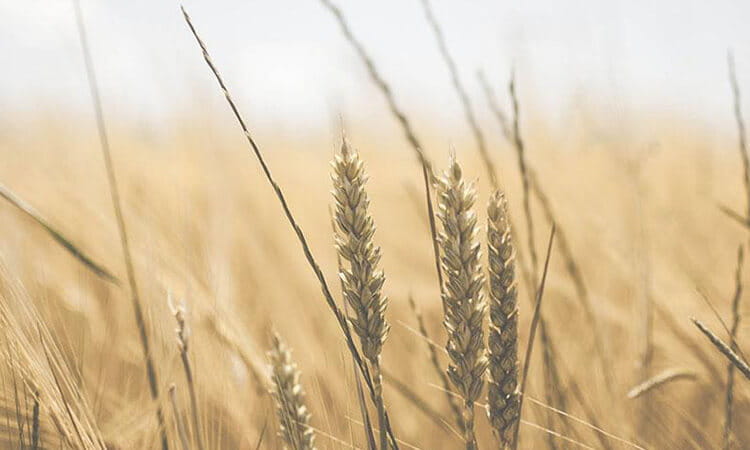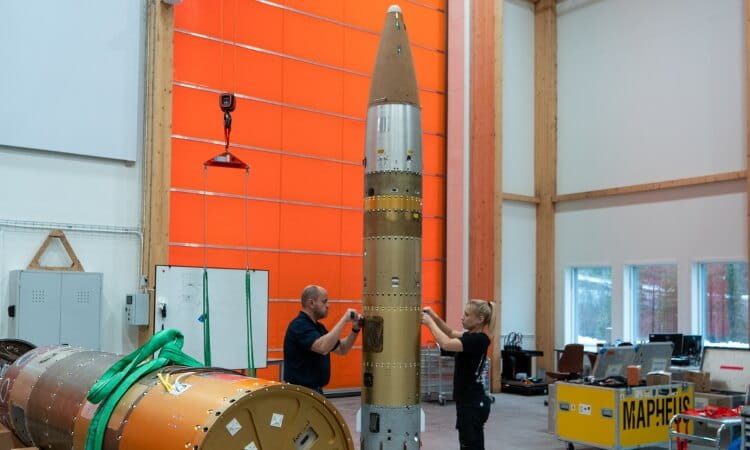The industry is worth over $5 billion per year, with wheat considered to be one of Australia’s most valuable crops.
With predictions of higher temperatures and changes to rainfall in Australia, the industry faces an inevitable decrease in yield. Therefore, it is imperative for farmers to be able to eliminate other factors which may affect crop outcomes.
Crown rot, a fungal disease found in a variety of winter cereals, is of great concern to farmers and the industry. The disease is passed down from crop to crop through infected stubble and can have a huge impact on the yearly wheat yields made by farmers.
Crown rot disease costs Australian wheat growers an average of $80 million a year.
Eliminating the disease from the field is a time-consuming process with farmers having to consider rotation and crop management, as well as variety selection.
If wheat crown rot has been detected in the field, farmers must consider break years between wheat crops. Unfortunately, this can take several years depending on the rainfall experienced during cropping seasons.
This impacts on the farmers’ ability to make the most of market prices as they are unable to consistently plant wheat each cropping season. While the farmer can ensure optimal crop management through good crop nutrition, another option is to select wheat varieties with higher levels of resistance or tolerance against crown rot.
Unfortunately, the current methods of data collection between seasons are laborious and produce inconsistent results due to the significant genotype to environment interaction.
The Integrated Genetic Solutions for Crown Rot in Wheat project, funded by the Grains Research and Development Corporation, sees UniSQ, University of Sydney and CSIRO researchers working together on the development of partially resistant germplasm, to improve identification and data collection in crown rot infected research plots.
New methods have been designed through the project using multispectral, thermal and visible cameras. The images are analysed to extract the differences between the crops with higher levels of partial resistance and those which are more susceptible to crown rot.
Through these methods, the Wheat Disease Phenotype Index ranks 12 wheat genotypes into three classes: most resistant, middle, and susceptible. This index has an accuracy rating from 80-90% when comparing with the expected crown rot ranking.
Further research is also being conducted which will inform the development of artificial intelligence and machine learning models which will help to validate results against traditional disease assessments performed at maturity. With this information, Australian farmers will be able to effectively select crops with higher levels of resistance to crown rot which will in turn produce higher yields.
These advances in technology are allowing us to make solid contributions to the world’s food security.



